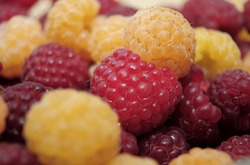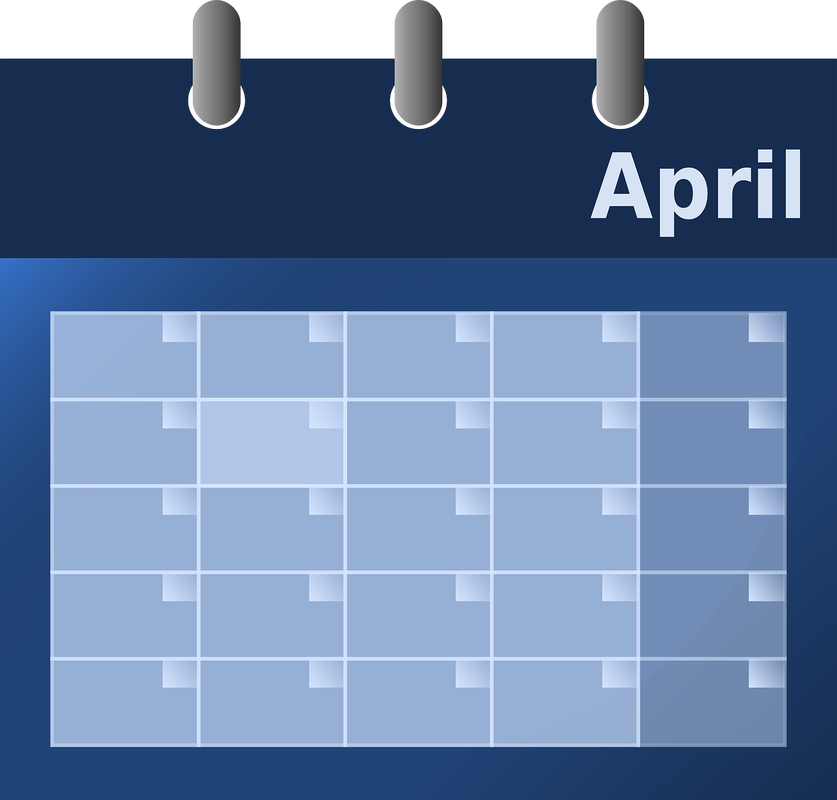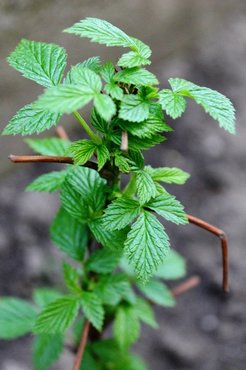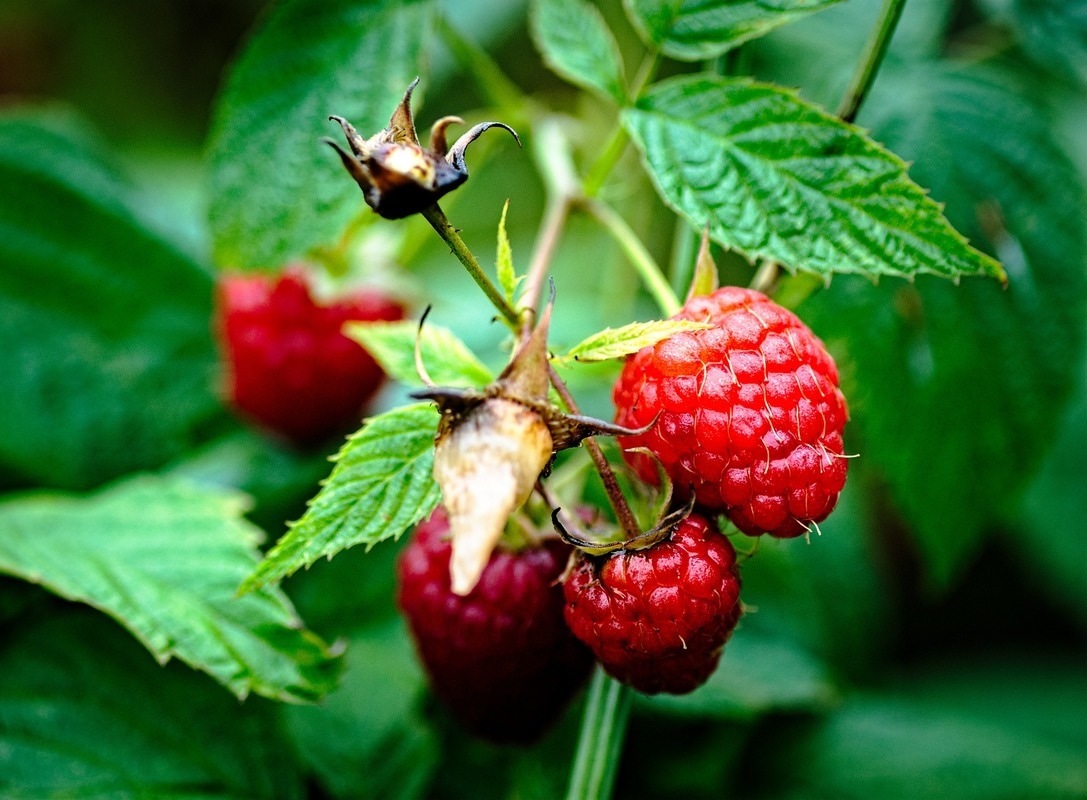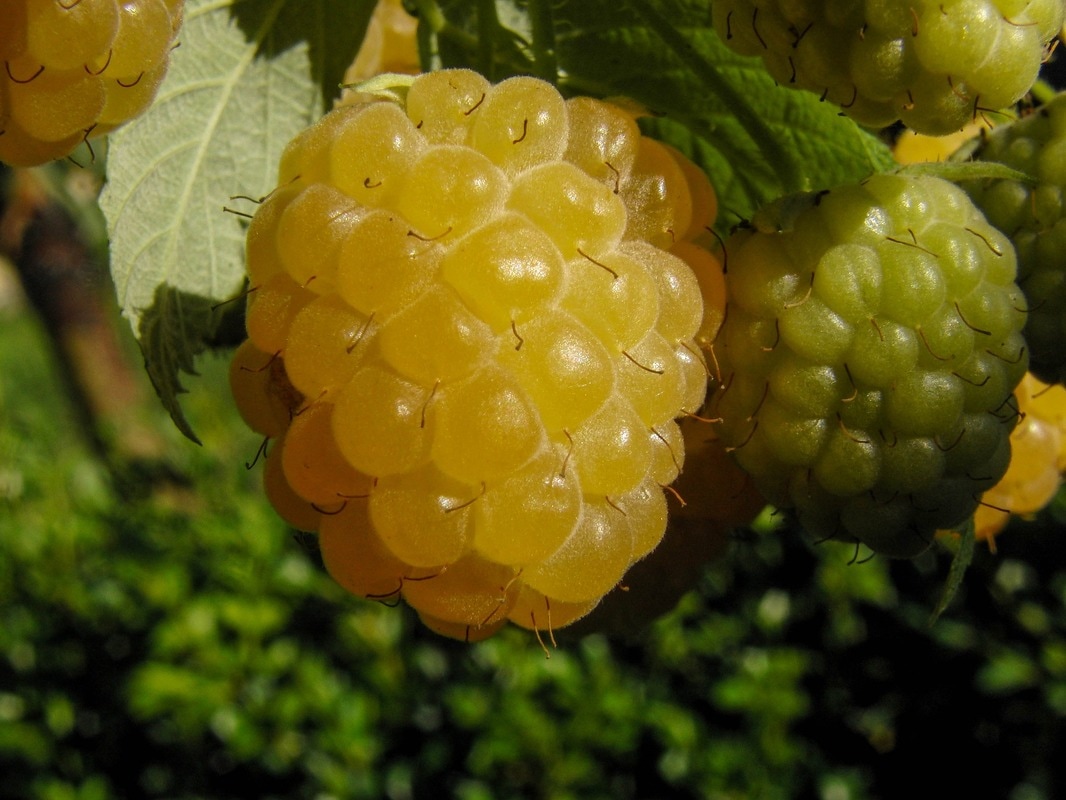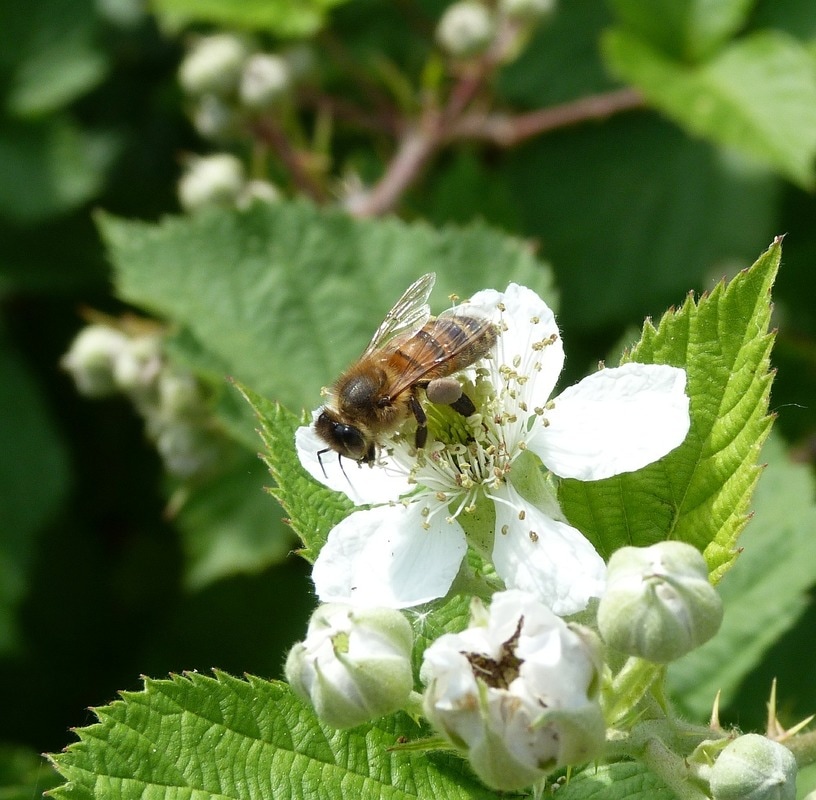RASPBERRIES |
| Raspberry canes are usually available as early as mid-April. For the first few weeks, either 1. Keep them in a greenhouse, or 2. "Harden them off" (put them outside during the day but bring them inside at night) By early May, it is normally safe to leave them outside. Keep some frost cover or old sheets at the ready just in case a heavy frost or snow is expected. Potted raspberry bushes are often available throughout the growing season. |
| Buying Raspberry Bushes Before buying raspberry bushes, consider what features are most important to you. Is it berry flavour? Proven cold hardiness? High yields? Harvest time? Whatever features are most important to you will guide you to your ideal variety choice. At this point, it’s also useful to understand how summer-bearing and everbearing (fall-bearing) varieties differ. |
With raspberries, the roots and crowns are perennial but their shoots (above ground growth) may be annual or biennial.
All summer-bearing raspberries are biennial: they need two seasons to complete their life cycle (to grow, fruit, and then die). Without getting into further complexities, suffice to say that this produces one large raspberry crop in early summer. Summer-bearers usually fruit for a few weeks.
All everbearing raspberries have a mixture of biennial and annual canes. The earliest shoots to emerge in spring will fruit that same fall; the later emerging shoots won't produce fruit until the following summer. The result is two crops of raspberries: a small crop in early summer and a large crop in fall.
The drawback to everbearing raspberries is that the larger crop usually ripens in late summer, when frost may damage the harvest. Therefore the yields are often smaller versus summer-bearers. However, their advantage is that they fruit for longer duration.
Raspberry Varieties
Berry production, fruit quality, hardiness and ripening time can greatly vary between cultivars. To extend the harvest period, consider getting a few varieties with different ripening times.
Also see the Proven Performer Varieties listed at the top of the page, in the Growing Raspberries Overview section.
Summer-bearing Varieties to Consider
| Summer-bearing raspberries produce fruit over several weeks, starting in July. Here are some summer-bearing varieties to consider:
|
Everbearing varieties generally fruit later than summer-bearing varieties. They can potentially producing a summer crop and a fall crop BUT in our climate, they are best treated just as a late season producer (see #5 on the Post-Planting Care, below, for more details).
Here are some everbearing varieties to consider:
|
Note* - If you’re buying bare-root raspberries, there may be additional instructions, such as soaking the roots before planting.
Now that you've prepared the planting site and got your raspberry bushes (refer back to the Before You Plant section if needed), lay out your plants.
Water the raspberry plants and planting holes deeply. Add a handful of bone meal or other similar fertilizer. Once the canes are in the ground, consider adding 2" of bark mulch, sawdust, leaves or lawn clippings around the base of the plants. This helps to retain moisture while suppressing weeds. Water the plants once more.
Install support posts or stakes at this time to avoid disturbing the root system later. Check out gardening books or online sources for support ideas; there are dozens of variations.
Raspberries grow with such incredible vigour that it’s hard to believe that they need any attention. However, you’ll notice huge differences in berry quality, production and general plant health with just a bit of routine care.
- Water deeply and infrequently - about once per week. Watering is most critical during the fruit development stages (bloom time to harvest).
- Eliminate competition - Keep weeds away from the base of plants by mulching and/or weeding
- Feed annually - With a granular berry fertilizer, all-purpose fertilizer or other balanced fertilizer
- Enrich soil - Add organic matter (compost or manure) annually or as needed to maintain soil fertility
- Prune - Raspberries require yearly pruning to prevent disease and keep growth in check. In fall, prune out all canes that bore fruit (to a few inches above ground level). In spring, thin the canes so that there are 4-6 canes per linear foot. Remove any weak or dead cane tips. Do not allow rows to grow beyond 12-18” wide.
Raspberries are excellent for fresh eating, freezing, or preserving. Here are some serving suggestions:
- Sprinkle fresh raspberries on top of salads, yogurt, ice cream, or chocolate desserts
- Add frozen raspberries to smoothies (freeze on cookie sheets before bagging)
- Cook into jams or syrups
- Make juice
Hello,
If you want to go into raspberries farm business, There are so many company platform this days like http://www.virtatrade.com that will enable you as a beginner to raise the fund you need to start up your raspberries farm business without you seeking for a loan.
This company platform is where so many business dealers from different part of the world raise funds to backup their various businesses financially.
I used this company to backup my cocoa beans export business each time my business is running down financially.
You can visit and register with the company website here http://www.virtatrade.com to raise the fund you need now to start up your raspberries farm business now.
I am very happy to be a reader of this site. There are some experienced writes who writes exciting blog about gardening.
https://searchengineland.com/


